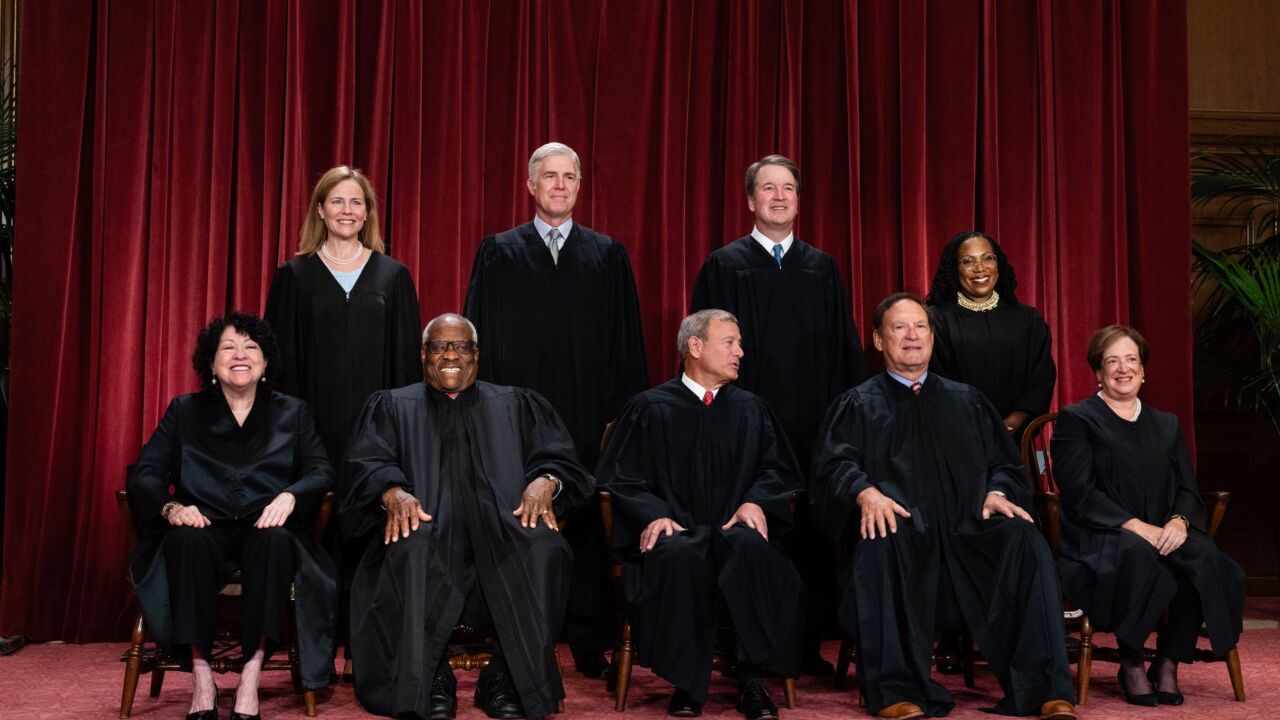- Key insights: Zelle has plans to incorporate stablecoins as it expands to international payments.
- What's at stake: Banks are still trying to find their place in the emerging stablecoin industry.
- Forward look: Early Warning offered little detail about its plan, but said more information would be released in the "coming weeks and months."
Early Warning Services plans to bring stablecoins to its peer-to-peer payments network Zelle for international transactions, but offered little detail as to what that initiative looks like.
"Zelle transformed how Americans send money at home. Now, we're beginning the work to bring that same level of speed and reliability to Zelle consumers sending money to and from the United States, building on what we have learned from the market, our users and our network banks and credit unions," Early Warning Services CEO Cameron Fowler said in a statement.
"Our goal is to bring the trust, speed and convenience of Zelle to consumers' international money movement needs," he said. "We're investing where consumer needs, bank capability and global opportunity intersect. With improved regulatory clarity in the U.S., we can focus on what we do best: driving innovation to market."
The initiative is supported by EWS' bank owners, which include Bank of America, Capital One, JPMorgan Chase, PNC Bank, Truist, U.S. Bank, and Wells Fargo, and is designed to capitalize on
An Early Warning spokesperson declined to comment further on the company's stablecoin plans, but did note that Zelle would be releasing more information in the coming "weeks and months."
Stablecoins have been "rapidly" gaining momentum as a reliable option for both local and cross-border transactions in business-to-consumer and business-to-business payments as new use cases emerge, Elias Ghanem, global head of Capgemini Research Institute for Financial Services, told American Banker.
"Zelle is taking a major step today in enabling real-time, instant payments by expanding its capabilities to cross-border transactions. This move leverages a fast, low-cost, secure, and stable platform," Ghanem said.
Cross-border payments are shaping up to be one of the more popular
"Simple, lower-cost, cross-border P2P has been a goal for years, and stablecoins are a promising path," Aaron Press, research director, worldwide payment strategies at IDC, told American Banker.
"It's notable that the EWS owner banks are a subset of [The Clearing House] owner banks, and that TCH RTP is integrated with Zelle," Press said. "There have long been discussions and efforts around creating connections between domestic and foreign instant payment systems, often involving SWIFT, of which these same banks are members. Given all of this, investment in stablecoin appears to be a hedge against SWIFT and correspondent banking losing market share."
EWS' announcement comes at a time when many banks are still
It makes sense for banks to collaborate on stablecoins rather than go it alone, Aaron McPherson, principal of AFM Consulting, told American Banker.
But the devil is in the details.
"I see Early Warning's role here as creating the technological infrastructure for stablecoin payments, including a private blockchain, so you can know who is on either side of the transaction, something that is very important for international payments, which are subject to a variety of regulations concerning money laundering and sanctions enforcement," McPherson said.
That will take a lot of coordination with other countries, which will be at different levels of maturity when it comes to stablecoin acceptance and issuance, McPherson said. "U.S, dollar-denominated stablecoins are already quite popular in countries that do not have a stable currency, because they offer individuals a chance to avoid the costs of inflation. I expect these countries will be early access points."
EWS will also need to negotiate complex business and technical agreements to allow interaction between Zelle and other domestic money movement systems, IDC's Press said.
Zelle may also run into adoption challenges on the nonbank side of the industry, said Tony DeSanctis, a senior director at Cornerstone Advisors.
"If I can use
Anti-money-laundering and know-your-customer compliance corridor-by-corridor will also be a challenge that will need to be addressed.
But Zelle's advantage lies in its sheer scale, and the fact that it is deeply integrated into banks' digital ecosystems, said Eric Grover, principal at Intrepid Ventures.
"Leveraging Zelle's active and growing base of over 150 million users – many of whom currently use other payment networks to send funds abroad, makes using dollar stablecoins for cross-border payments more convenient, faster (instant), and less expensive, more plausible," Grover told American Banker. "To serve banked Americans, Zelle has an advantage over leading stablecoin networks like Tether and Circle. Banks and existing retail banking platforms are trusted and habit."
Grover anticipates that Zelle banks will provide on-ramps to purchase dollar stablecoins from U.S. demand deposit accounts. From e-wallets, Zelle dollar stablecoins could be sent to e-wallets abroad and converted there to local currency or spent as e-dollars.
"There are many emerging markets with debased national currencies and weak domestic payment systems where there is enormous demand from consumers and businesses for dollars, to conduct their affairs in dollars. That's good for [U.S. currency], not so good for national monetary sovereignty," Grover said.
"Zelle has sufficient payment network mass to make this work," he said.






